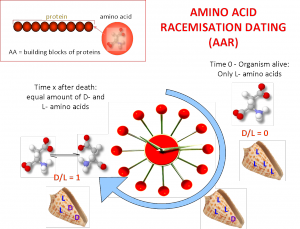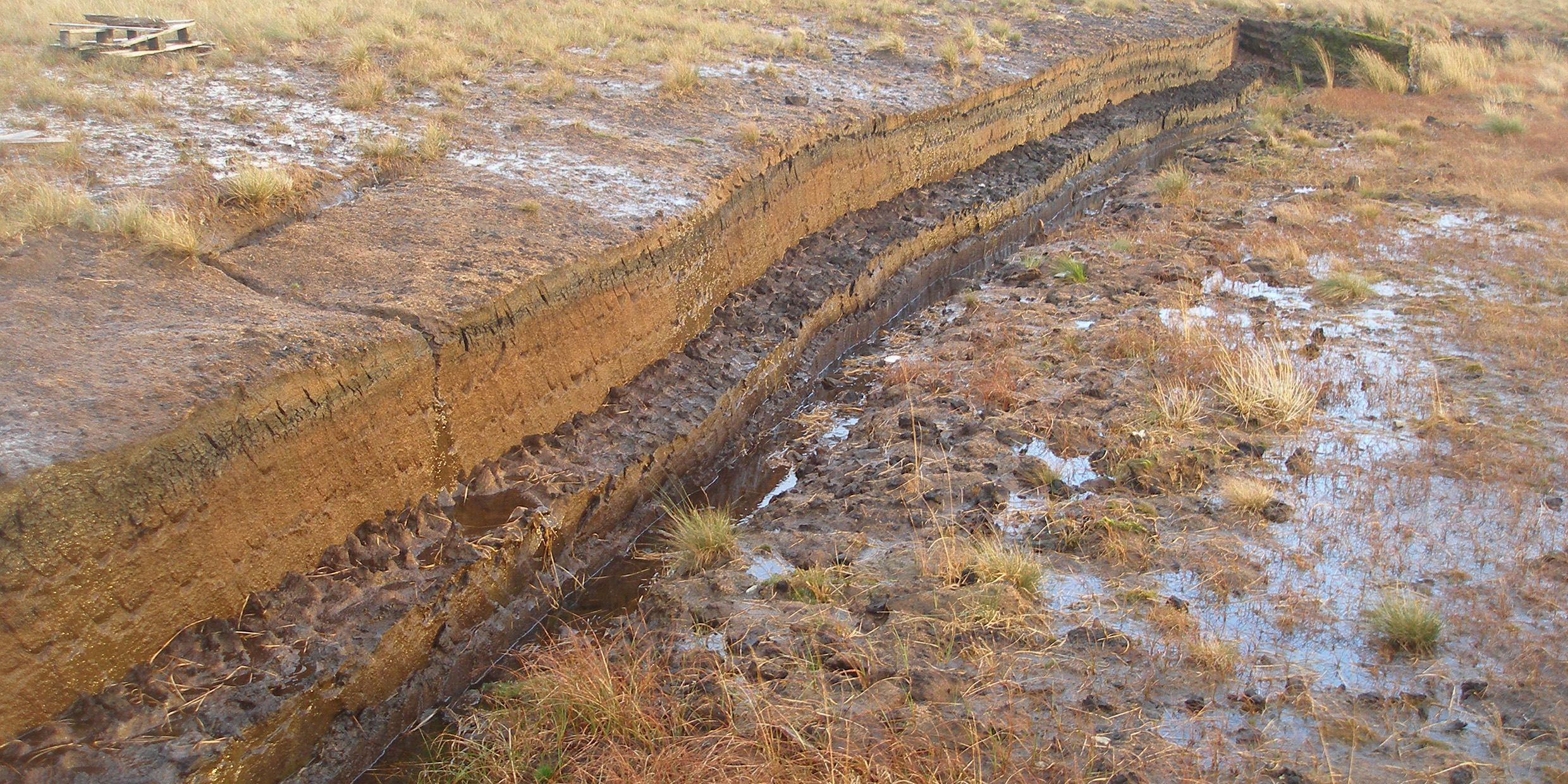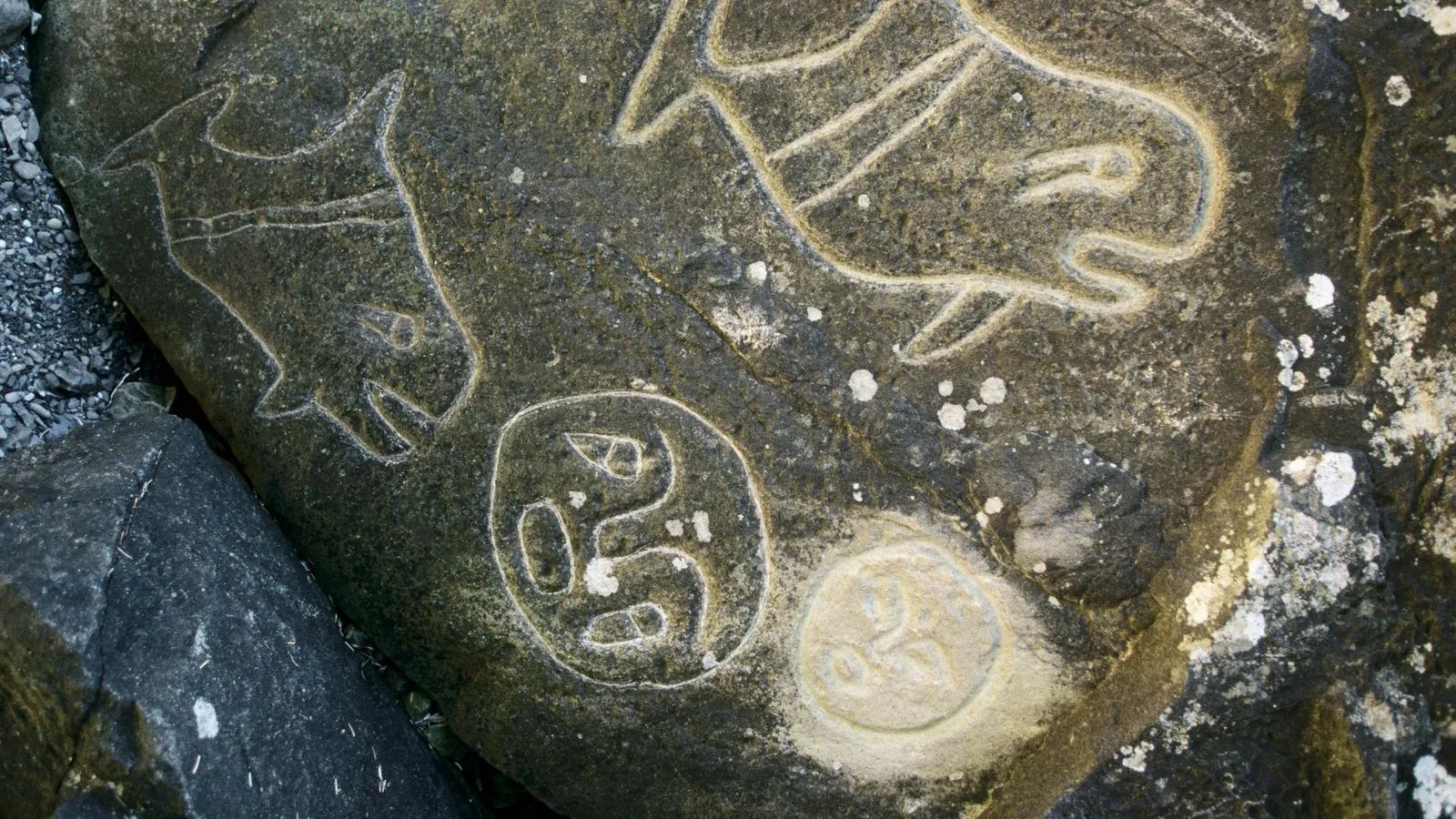The history of the World Trade Center (WTC) is not ancient; 21 years ago, the building was under an attack coordinated by a terrorist group known as Al-Qaeda. This incident snatched thousands of lives and left many injured, and the trauma still pervades numerous lives. It is now memorialized as 9/11 to remember the victims of this unexpected attack and to support the families who lost their loved ones.
The archaeology of the WTC post-9/11 was never about finding and displaying the remains and artifacts found, but in fact it is more profound than that. It is about finding the story of the individuals who lost their lives. It is about the shared emotions that emphasize and evoke our connection to daily life. Many artifacts collected were exhibited at the Smithsonian in 2004, which included a wallet, a computer screen, a stairwell sign, and a resume (Shanks 2004). One such case is of the resume found in a briefcase by an EMT on ground zero who tracked down the owner, and upon sharing their testimonies about the normal morning they had before 9/11, they realized their normal lives had changed to a rather traumatic one with the blink of an eye (Shanks 2004). Hence, these artifacts depict a story of an individual’s daily life and are preserved for future generations to see and learn the history of people who lost their lives, people who were tracked down later for their belongings, and of those who came out to rescue.
Since the collapse of the two buildings, tons of debris collected around it and was dumped in the Fresh Kills Landfill in Staten Island, and archaeologists and forensic investigators later sifted through the landfill to find numerous artifacts and human remains (Atimian 2011). In the scenario of 9/11, it was unusual because the debris from the collapse contained tons of artifacts that became a source of knowing the victims intimately. It started to seem like the City of Pompeii, another mass casualty incident, even though the destruction occurred due to completely different reasons. But it held archaeological significance and the pieces of artifacts unlocked bigger pictures and understandings of those immediately affected by the incident.
Anything that happens in the present becomes the archaeology of the future and hence this disheartening incident did too. 9/11 entailed an archaeology lost and an archaeology found. The World Trade Center is not just home to the many artifacts of archaeological significance but also to the emotions, connections, and personal stories. It’s like a patchwork quilt made of stories that were carved from the remains, the stories that we might never have known and the individuals who those stories belonged to.
References
Shanks, Michael, David Platt, and William L. Rathje. 2004. “The Perfume of Garbage: Modernity and Archaeological.” John Hopkins University Press. https://muse.jhu.edu/article/53097
Strochlic, Nina. 2021. “The Archaeological Treasures That Survived 9/11.” History. National Geographic. September 2, 2021. https://www.nationalgeographic.com/history/article/the-archaeological-treasures-that-survived-911
Mayorquin, Orlando. 2022. “21 Years Later, These Powerful Photos Tell the Story of 9/11.” USA Today. Gannett Satellite Information Network. September 11, 2022. https://www.usatoday.com/story/news/nation/2022/09/11/911-photos-nyc-pentagon-shanksville/8036782001/
Atimian. 2011. “Fresh Kills Landfill.” Atlas Obscura. Atlas Obscura. December 30, 2011. https://www.atlasobscura.com/places/fresh-kills-landfill
Further Readings
https://nleomf.org/9-11-2001-artifacts-at-the-museum/
https://www.npr.org/2022/09/11/1122247528/us-marks-21st-anniversary-of-9-11-terror-attacks
https://www.pewresearch.org/politics/2021/09/02/two-decades-later-the-enduring-legacy-of-9-11/




















